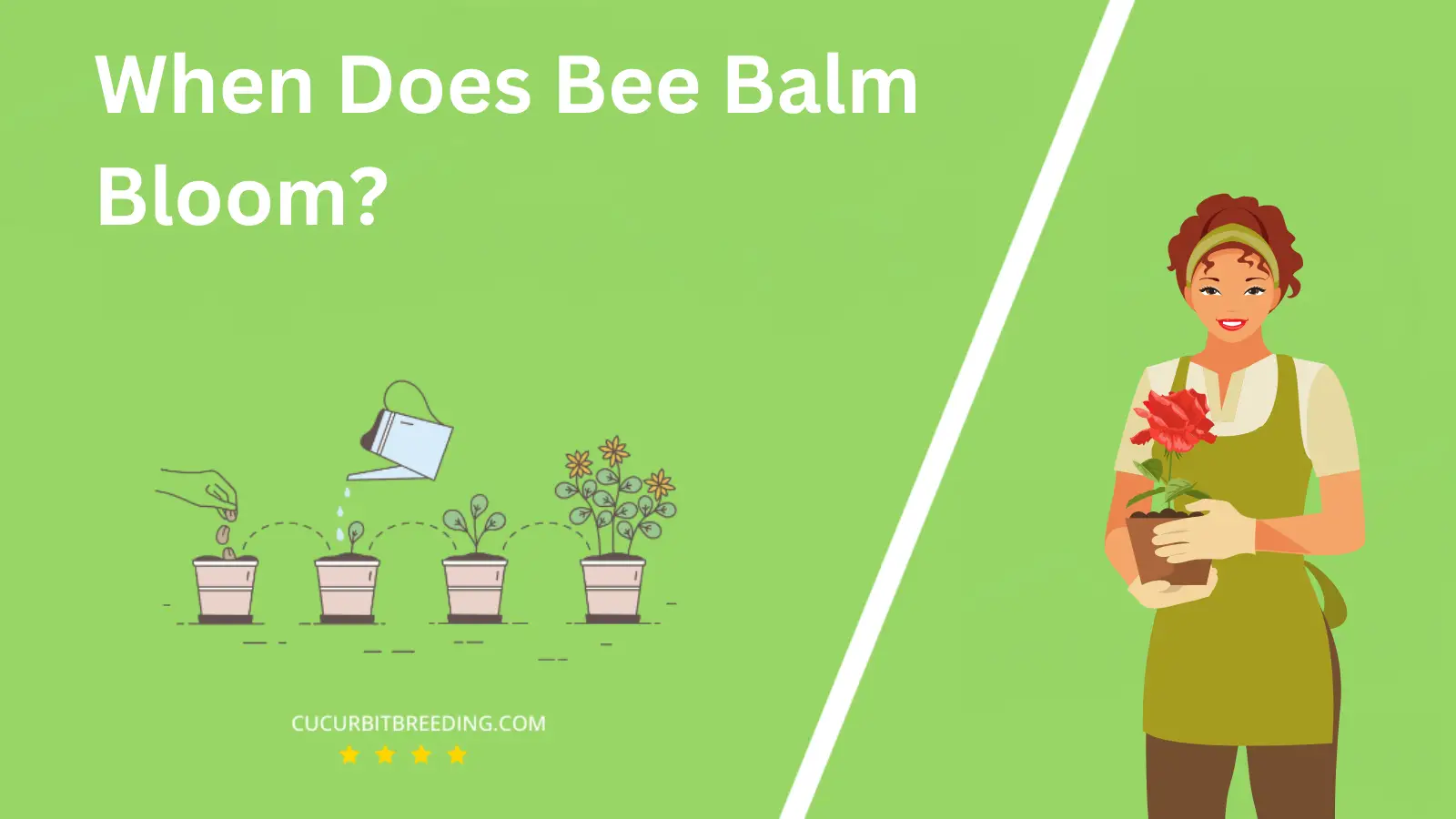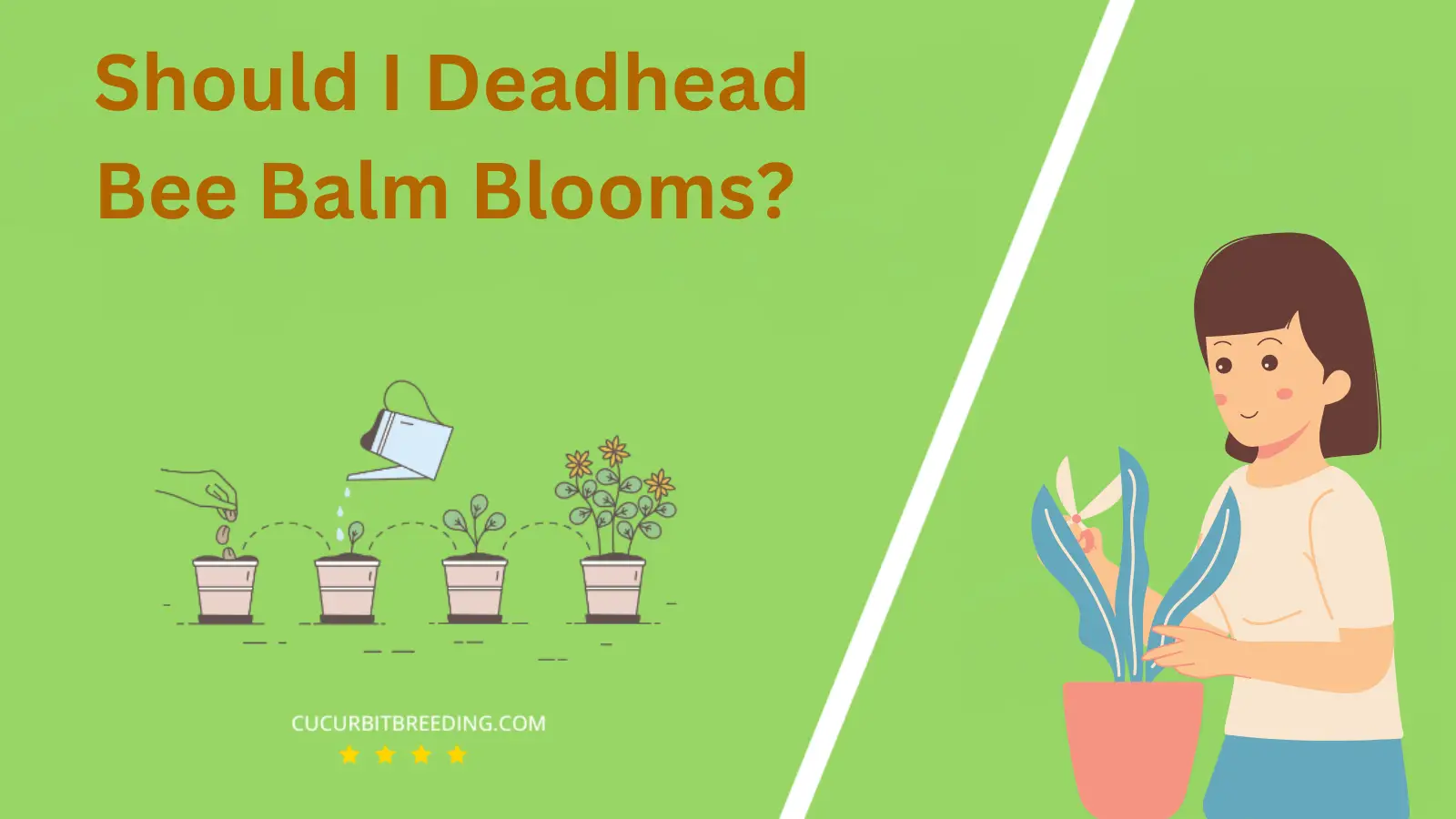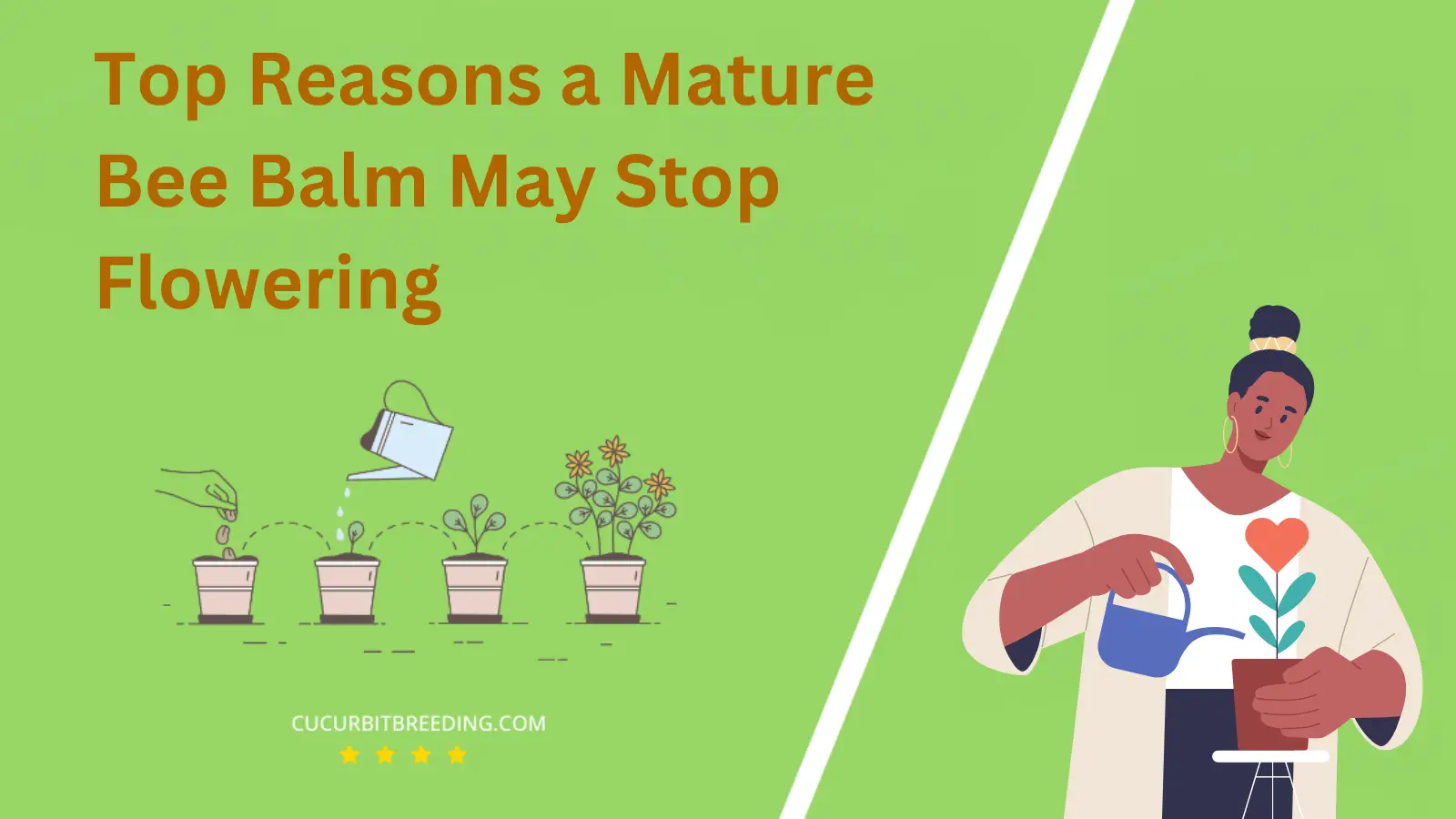
Have you ever asked yourself, “When does Bee Balm bloom?” This vibrant perennial, known for its tubular flowers and aromatic leaves, plays a crucial role in our gardens. Favored by pollinators, it adds a splash of color and vitality to any landscape.
But mastering its bloom time can be a puzzle. Let’s delve into the world of Bee Balm, its intriguing floral cycle, and the factors that influence when these captivating blossoms make their appearance.
When Does Bee Balm Bloom?
Bee Balm, also known as Monarda, typically begins to bloom in the early to mid-summer. The exact time can vary based on the specific variety and geographical location, but generally, the bloom period extends from June through September. During this time, Bee Balm produces vibrant flowers in colors like red, pink, purple, and white, attracting numerous pollinators to the garden.
| Stage | Description |
|---|---|
| Germination | Spring (April-May) |
| Growth | Spring to early summer (April-June) |
| Blooming | Summer (June-August) |
| Dormancy | (Dormancy period: November-February) |
How Long Do Bee Balm Bloom?
Bee Balm, scientifically known as Monarda, typically blooms for a period of approximately 4 to 6 weeks. This blooming period usually falls in the summer, specifically from mid to late summer. However, the exact duration can vary based on the specific variety of Bee Balm and the environmental conditions it is grown in.
How Light Affects Bee Balm Blooms?
Light plays a significant role in the blooming of Bee Balm plants. These perennial flowers thrive best in full sun exposure, meaning they require at least six hours of direct sunlight every day. The sunlight is essential for photosynthesis, which contributes to the plant’s growth and blooming process. Inadequate light can result in fewer blooms and make the plant susceptible to powdery mildew disease. Therefore, for optimal blooms, Bee Balms should be planted in a location that receives ample sunlight.
Will Bee Balm Bloom in the First Year You Plant It?
Yes, Bee Balm will bloom in the first year you plant it, provided it is planted early in the spring. However, the blooms might not be as abundant as in the subsequent years. It’s important to note that the growth and blooming of Bee Balm, like any other plant, is largely dependent on factors such as the quality of the soil, the amount of sunlight it receives, and the care it is given.
Will Bee Balm Bloom Every Year?
Yes, Bee Balm, also known as Monarda, is a perennial plant that will bloom every year. Its vibrant flowers typically bloom in the summer, providing a source of nectar for bees and hummingbirds. To ensure its healthy growth and annual blooming, it is essential to provide it with full sun exposure and well-drained soil.

Should I Deadhead Bee Balm Blooms?
Yes, you should deadhead Bee Balm blooms. Deadheading, or the process of removing faded flowers, helps to encourage the plant to produce more blooms. It also helps to keep the plant looking neat and tidy. After the first flush of blooms, use a pair of sharp pruners to cut back the spent flowers. This will stimulate the plant to produce a second wave of blooms. Deadheading also prevents the plant from self-seeding, which can lead to an untidy garden.
Top Reasons a Mature Bee Balm May Stop Flowering

A mature Bee Balm may stop flowering due to several reasons. The most common reasons include inadequate sunlight, lack of proper nutrients, and insufficient water. Bee Balms require full sun exposure for optimal growth and flowering. If they are planted in a shaded area, they may not produce flowers.
Another reason is the lack of proper nutrients. Bee Balms, like other flowering plants, require a balanced diet of nutrients. If they are not getting enough nutrients from the soil, they may stop flowering. Additionally, these plants need regular watering. Insufficient water can stress the plant and may hinder its ability to produce flowers.
Furthermore, Bee Balm plants are susceptible to a variety of diseases and pests. If infected or infested, they may stop flowering. Regularly checking the plant for signs of disease or pests can help identify and address these issues early. Lastly, improper pruning can also cause a Bee Balm to stop flowering. If the plant is pruned too heavily or at the wrong time, it may not produce flowers.